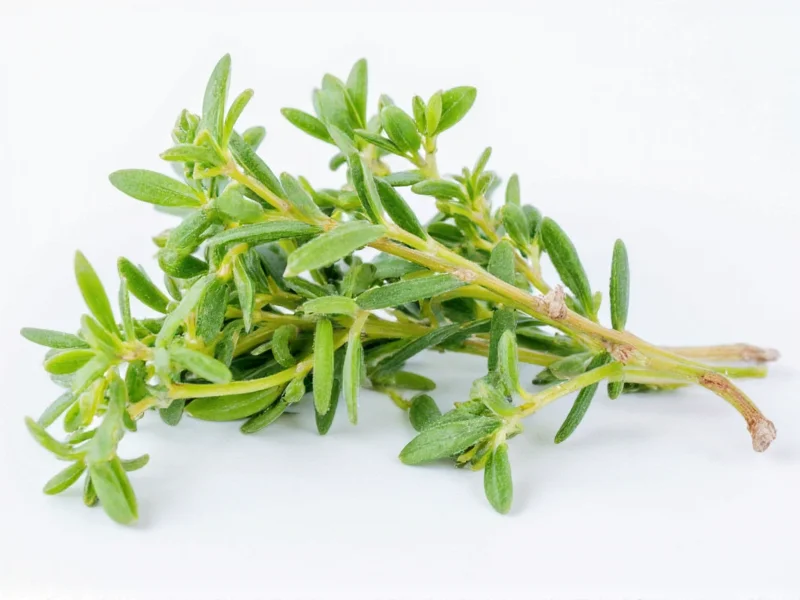When searching for information about \"thyme piece,\" you're likely encountering a frequent spelling error. Understanding this distinction helps clarify whether you're researching horology (the study of timekeeping) or culinary herbs. Let's explore both concepts to eliminate confusion and provide accurate information.
Why \"Thyme Piece\" Is a Common Misspelling
The confusion between \"thyme\" and \"time\" happens regularly because these words are perfect homophones—they sound identical when pronounced. This linguistic phenomenon leads to frequent misspellings in digital searches, product descriptions, and casual writing. Professional watchmakers and horologists exclusively use \"time piece\" when referring to timekeeping instruments.
What Exactly Is a Time Piece?
A time piece represents any instrument designed to measure, keep, and indicate time. Unlike clocks that chime or strike hours, time pieces specifically refer to silent timekeeping mechanisms. This distinction matters in horological circles where precision terminology is essential.
| Type of Time Piece | Time Period | Key Characteristics | Modern Equivalent |
|---|---|---|---|
| Pocket Watch | 16th-20th century | Worn in waistcoat pocket, wound manually | Collector's item, fashion accessory |
| Wristwatch | Early 20th century-present | Worn on wrist, automatic or quartz movement | Daily wear timekeeping device |
| Mantel Clock | 18th-19th century | Decorative shelf clock, often with chimes | Home decor accent piece |
| Grandfather Clock | 17th century-present | Floor-standing, pendulum-driven | Prestige home furnishing |
Thyme: The Culinary Herb Explained
While unrelated to timekeeping, thyme deserves clarification. This perennial herb (Thymus vulgaris) features small leaves and woody stems, commonly used to flavor meats, soups, and stews. When recipes mention \"fresh thyme\" or \"thyme sprigs,\" they refer to this aromatic plant—not any timekeeping device. The phrase \"thyme piece\" has no recognized meaning in culinary contexts.
Historical Evolution of Time Pieces
Time pieces evolved significantly from early mechanical designs to today's precision instruments. The first portable time pieces emerged in 16th century Europe as drum-shaped \"Nuremberg eggs.\" By the 18th century, pocket watches became status symbols among European aristocracy. The 20th century brought wristwatches to prominence, especially after World War I when soldiers found them more practical than pocket watches.
Modern Time Piece Terminology
Today's horological experts use precise terminology to distinguish between timekeeping devices:
- Timepiece: General term for any timekeeping instrument
- Watch: Specifically refers to portable timepieces worn on the body
- Clock: Stationary timekeeping device, typically larger than a watch
- Chronometer: High-precision timepiece certified for accuracy
Understanding these distinctions helps avoid confusion when researching antique timepieces or purchasing modern watches. The phrase \"mechanical timepiece\" specifically denotes instruments powered by springs and gears rather than batteries.
Practical Applications Today
While digital devices dominate daily timekeeping, traditional time pieces maintain cultural significance. Luxury mechanical watches represent craftsmanship and heritage, with some antique timepieces fetching millions at auction. Understanding proper terminology becomes crucial when evaluating vintage pieces or discussing horological innovations.
Common Misconceptions Clarified
Many people mistakenly believe \"time piece\" refers only to antique clocks. In reality, the term encompasses all timekeeping instruments regardless of age. Similarly, some confuse \"thyme\" with \"time\" in written communication, creating search difficulties. Recognizing these distinctions improves research accuracy whether you're studying horology or following cooking recipes.
Frequently Asked Questions
What does \"time piece\" actually mean?
A time piece refers to any instrument that measures and displays time, including watches, clocks, and other timekeeping devices. The term specifically describes silent timekeeping mechanisms, distinguishing them from striking clocks. In horology, \"time piece\" is the correct terminology for precision timekeeping instruments.
Why do people confuse \"thyme\" and \"time\"?
People confuse \"thyme\" and \"time\" because they are perfect homophones—words that sound identical when spoken. This pronunciation similarity leads to frequent spelling errors, especially in digital searches where voice input might misinterpret the spoken word. Thyme is an herb, while time refers to the measurement of duration.
Is \"thyme piece\" a valid culinary term?
No, \"thyme piece\" is not a recognized culinary term. Recipes typically refer to \"thyme sprigs,\" \"thyme leaves,\" or simply \"thyme\" when specifying this herb. The confusion arises from the homophonic relationship between \"thyme\" and \"time,\" not from any legitimate cooking terminology.
What's the difference between a watch and a time piece?
All watches are time pieces, but not all time pieces are watches. \"Time piece\" is the broader category encompassing any timekeeping instrument, while \"watch\" specifically refers to portable time pieces designed to be worn on the body. Clocks are also time pieces but are typically stationary rather than portable.
How can I identify an antique time piece?
Identify antique time pieces by examining craftsmanship details: hand-engraved movements, bridge construction, and materials like brass or silver. Look for maker's marks, serial numbers, and patent dates. Pocket watches typically have winding stems at 12 o'clock, while early wristwatches often feature lever-set mechanisms. Consulting a professional horologist provides the most accurate authentication.











 浙公网安备
33010002000092号
浙公网安备
33010002000092号 浙B2-20120091-4
浙B2-20120091-4